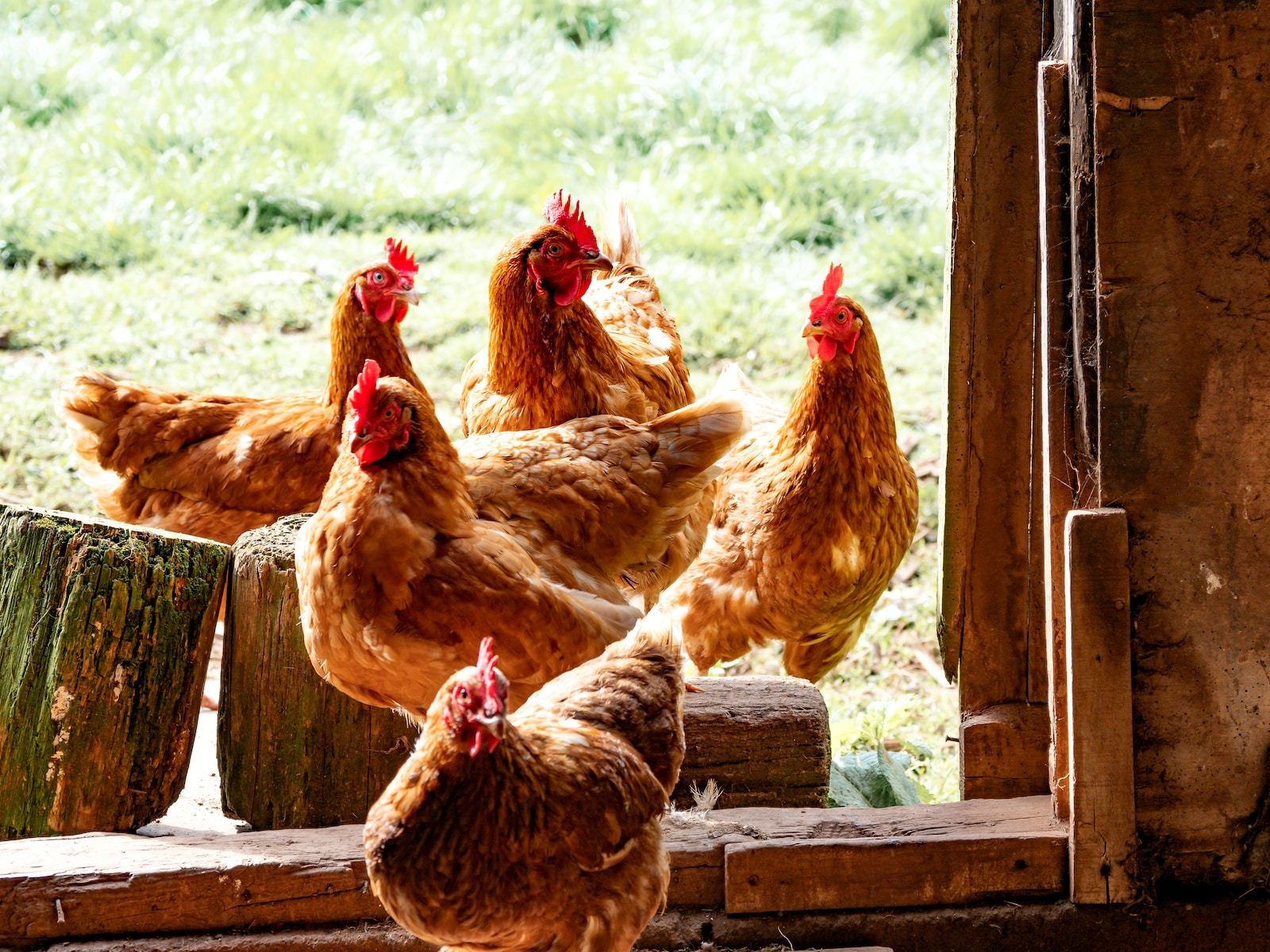Are you considering raising chickens and looking for a cozy home for your feathered friends?
Building a chicken coop can be a gratifying DIY project that provides your chickens with a safe and comfortable environment.
Whether you have a small backyard or a vast rural property, this guide will walk you through constructing a chicken coop suitable for three chickens.
So, grab your tools and let’s get started!
Step 1: Plan and Design
Begin by planning the layout and design of your chicken coop. Sketch out the dimensions, considering the available space and any zoning regulations.
A chicken coop for three chickens should typically measure around 3 by 4 feet, providing ample room for nesting boxes, perches, and a fenced outdoor area. Ensure the design includes proper ventilation, natural light, and easy access for cleaning.
Step 2: Gather Materials and Supplies
To build your chicken coop, you will need the following materials:
– Treated lumber or plywood for the frame and walls
– Galvanized nails or screws for securing the structure
– Chicken wire or hardware cloth for the fence
– Corrugated metal or shingles for the roof
– Hinges and latches for the doors
– Nesting boxes, perches, and feeders
Step 3: Construct the Frame and Walls
Using the measurements from your plan, build the chicken coop frame using treated lumber. Attach the walls, leaving space for windows and doors as required.
Remember to use galvanized nails or screws for sturdiness. For added protection against predators, use sturdy chicken wire or hardware cloth to cover the walls.
Step 4: Install Windows and Doors
Cut openings for windows to provide natural light and cross ventilation. Attach hinges and latches for easy opening and closing. A small door for the chickens to access the outdoor fenced area is crucial. Ensure the door can be securely closed at night to protect your chickens from predators.
Step 5: Add Roosts and Nesting Boxes
Install roosts for your chickens to perch on while sleeping. Place them about 2 to 3 feet above the ground, allowing enough space for the chickens to move around.
Additionally, incorporate nesting boxes for your hens to lay their eggs comfortably.
Provide about one nesting box for every three to four chickens, ensuring they are easily accessible for egg collection.
Step 6: Construct the Roof
Choose a suitable material for your coop’s roof, such as corrugated metal or shingles. Ensure it extends beyond the walls to prevent rainwater from seeping in.
A slanted roof design is recommended for efficient water drainage.
Step 7: Set Up the Fenced Outdoor Area
Chickens require outside space to roam and peck. Install a fenced outdoor area adjacent to your chicken coop, allowing ample room for three chickens to move around comfortably.
Ensure the fencing is secure and buried a few inches underground to prevent predators from digging in.
FAQs:
How much space do my chickens need?
Aim for at least 4 square feet per chicken inside the coop and 10 square feet per chicken in the outdoor area. This ensures they have sufficient space to roam and stay healthy.
What should I use for bedding?
Straw, wood shavings, or pine shavings are popular choices. Ensure the bedding is kept clean and dry, replacing it regularly to maintain good hygiene.
Can I keep a rooster with my hens?
Of course! But, consider any noise regulations and the potential of disturbing neighbors. Furthermore, if you are solely interested in egg production, a rooster is not necessary.
How often should I clean the coop?
Regular cleaning is essential to maintain a hygienic and healthy environment for your chickens. Aim to clean the coop at least once a week, removing soiled bedding and replacing it with fresh material.
How can I predator-proof my coop?
Use sturdy materials for construction, bury the fencing, and install security locks on doors. Additionally, reinforce entry points such as windows and gaps to prevent predators’ access.
Conclusion
Now that you have a comprehensive guide on building a chicken coop, you can embark on this rewarding project.
Remember to consider the needs of your chickens, prioritize safety, and provide them with a comfortable home.
Enjoy your new role as a chicken keeper and savor the fresh eggs your feathered friends will provide!

